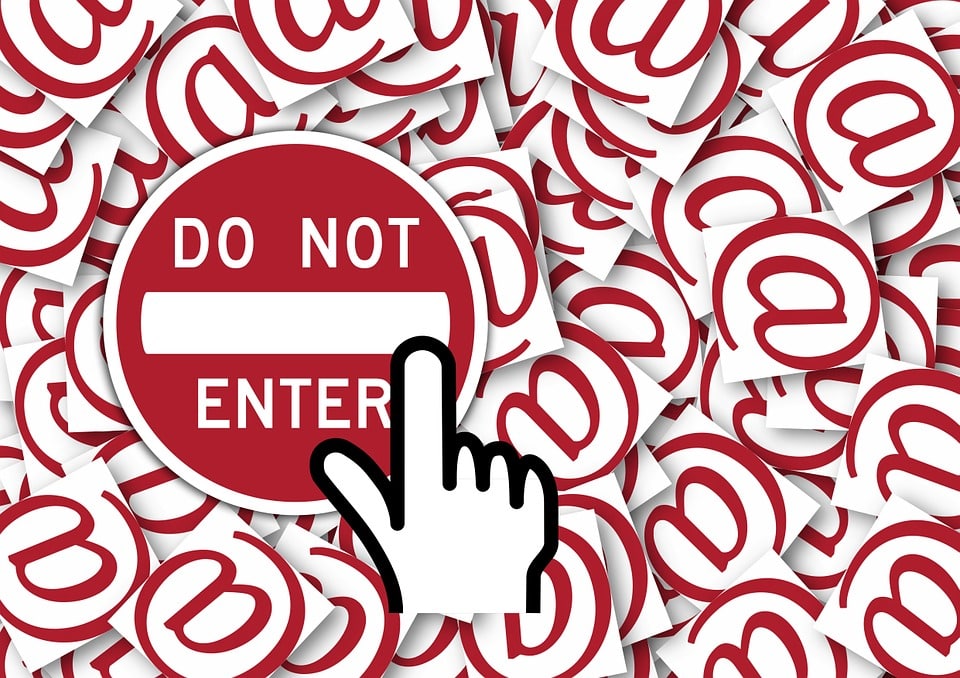
Over the last year we’ve seen a significant increase in the volume of “spoofed” email, where the sender of the email appears to be internal to the company, attempting to trick the recipient into initiating an action that appears to be legitimately requested, such as a wire transfer or the opening of an attachment that enables ransomware. These emails can be very deceptive. Often, company executives are impersonated, and emails are sent to people within the organization who would typically be involved in such transactions. While there is no foolproof way of stopping these messages – and the best line of defense, of course, is a well-trained staff who reacts with caution before opening attachments or sending money – we do recommend implementing Sender Policy Framework (SPF) technology to help prevent the spoofed emails from even reaching their destinations.
Sender Policy Framework
Sender Policy Framework is a technology used to establish approved email systems for a domain. To implement SPF, thinkCSC creates a special DNS record that identifies which servers are allowed to send email for your domain. This record is then read by supported mail systems and processed according to their configured policies. In other words, we create a special code that tells the email provider which messages are legitimate email, allowing the provider to better detect spoof messages and mark them as spam. Most major mail providers now factor SPF evaluation into their overall scoring mechanism for determining whether a message should be delivered or marked as spam, and some mail providers will automatically junk messages that fail an SPF evaluation. While this technique does not ensure that spoofed message will always be considered spam, it does increase the likelihood considerably.
In order to successfully implement an SPF record, it’s critical to identify all of the mail servers and third-party services that could be used to send email on behalf of a domain, including the email provider, company websites, relays, third-party SaaS tools (like CRM), and marketing software that sends emails on behalf of the organization. Once these are identified, thinkCSC will create the DNS record, test and validate email flow from known senders, and update the SPF record as needed.
If you have been the victim of phishing emails or would like to learn how to protect your organization from sender address forgeries, contact thinkCSC for more information.

